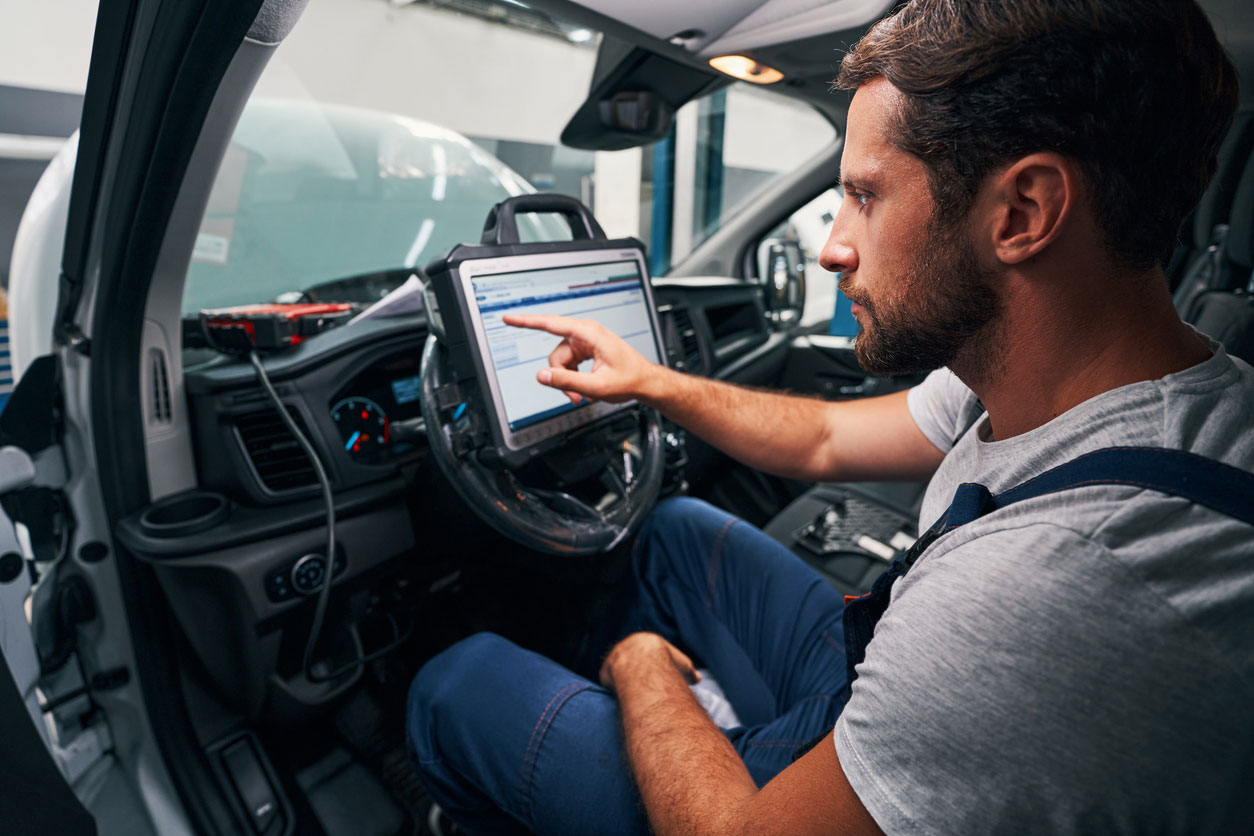
Diagnostics and Maintenance
This course is designed to provide a comprehensive understanding of electric motor diagnostics and maintenance for battery electric vehicles (BEVs). Electric motors are a critical component of BEVs, and it is essential to have a strong knowledge of electric motor maintenance and repair to ensure the optimal performance and lifespan of the motor. This course provides an overview of Diagnostic Trouble Codes (DTC) and their relevance to BEVs. We discuss some common failures that affect BEV performance and the type of test equipment needed to test the failed components of a BEV. Finally, we present the kind of maintenance required on a BEV and the advantages and disadvantages of doing maintenance on a BEV compared to a gasoline vehicle.
Note: The training in this course is general knowledge of servicing on a BEV. The service information for the vehicle you are working on should be read and followed before working on a BEV.